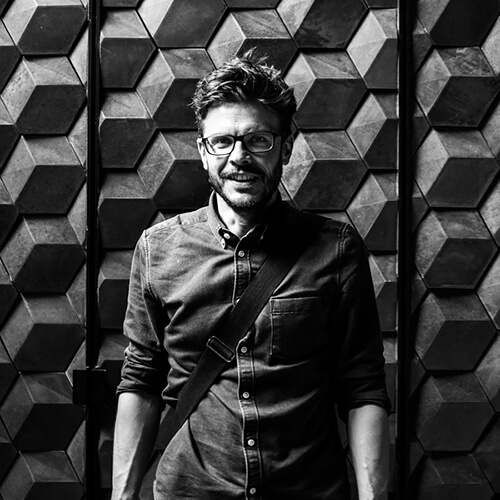Marco Panzetti (Italy, 1981) is a freelance documentary photographer, multimedia journalist and visual artist. His work focuses on contemporary issues related to social injustice, migration and collective identity. He successfully carried out projects in Europe, Latin America and Asia, frequently in collaboration or on assignment for nonprofit organizations and media outlets.
His long-term body of work on the European migrant crisis, 'The Idea of Europe' (2015 – present) received international recognition including an Honorable Mention at the 2017 Lange-Taylor Prize and the first prize in the video category at the 2017 Migration Media Award.
'The Idea of Europe' is a long-term documentary work on the human impact of the European refugee crisis.
Fleeing from conflicts, humanitarian crisis and economical distress in their countries of origin, and escaping the slavery practices commonly reported in Libya, since early 2015 more than 10,000 people lost their lives in the Mediterranean trying to reach Europe, and about 3 million people applied for asylum in EU countries.
This huge influx highlighted the limits and unfairness of border control policies and asylum systems still anchored to the post-WWII treaties, and caused a major discussion among the public opinion.
Can Europe still indulge in considering itself the cradle of human rights?
With this question as motivation and common thread, 'The Idea of Europe' follows the migrants' journey from the desperate Mediterranean crossing to the asylum request in Italy.
This project encompasses work from 'In Between', a project done in 2016-2017 from a rescue vessel in the Mediterranean to report on the humanitarian tragedy unfolding in international waters, 'We are not going back', a project work done in 2015-2016 from the disembarking port of Lampedusa and at the Italian border town of Ventimiglia where I documented the migrants' encounter with the resurging (physical, ideological and bureaucratic) walls of Europe, and 'Life after Hell', a project done in 2017 from various reception centres across Italy where I portrayed the daily lives of those waiting for a decision on their asylum request, which could take up to two years.
